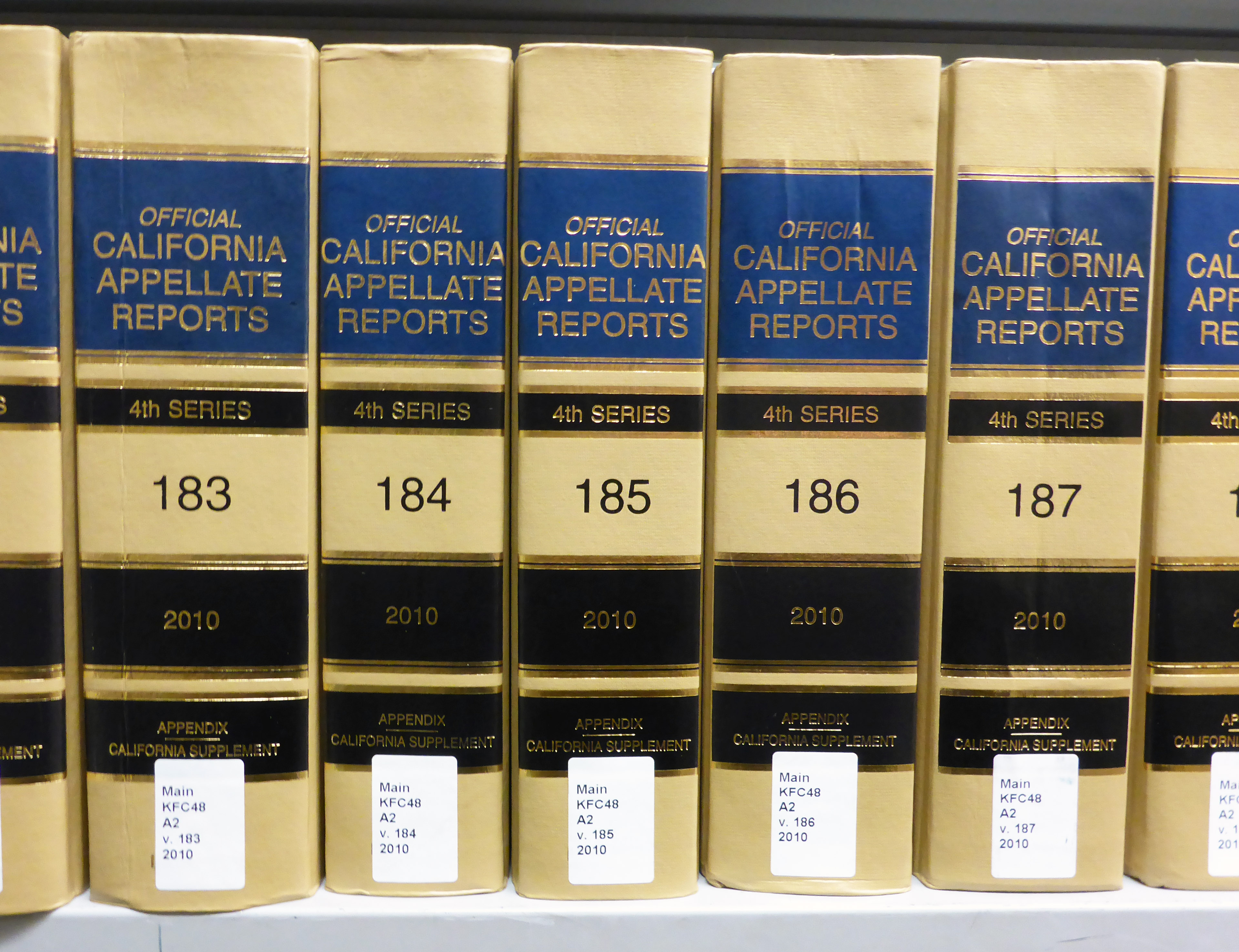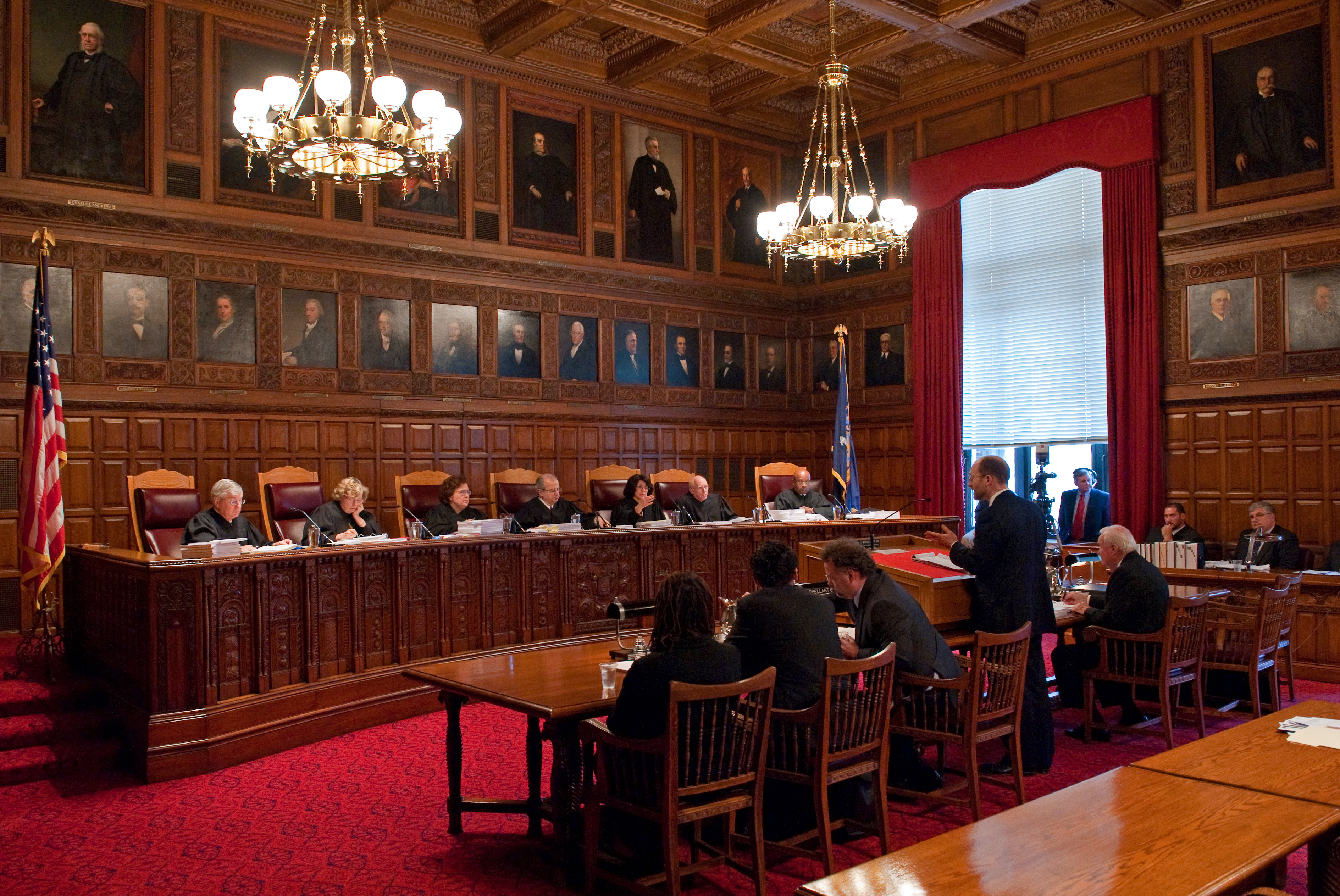|
Actus Reus
In criminal law, ''actus reus'' (; : ''actus rei''), Latin for "guilty act", is one of the elements normally required to prove commission of a crime in common law jurisdictions, the other being ("guilty mind"). In the United States, it is sometimes called the '' external element'' or the ''objective element'' of a crime. Etymology The terms ''actus reus'' and ''mens rea'' developed in English Law are derived from a principle stated by Edward Coke, namely, ''actus non facit reum nisi mens sit rea'', which means: "an act does not make a person guilty unless (their) mind is also guilty"; hence, the general test of guilt is one that requires proof of fault, culpability or blameworthiness both in thought and action. Act In order for an ''actus reus'' to be committed there has to have been an act. Various common law jurisdictions define act differently but generally, an act is a "bodily movement whether voluntary or involuntary." In '' Robinson v. California'', , the U.S. Supreme C ... [...More Info...] [...Related Items...] OR: [Wikipedia] [Google] [Baidu] |
Latin
Latin ( or ) is a classical language belonging to the Italic languages, Italic branch of the Indo-European languages. Latin was originally spoken by the Latins (Italic tribe), Latins in Latium (now known as Lazio), the lower Tiber area around Rome, Italy. Through the expansion of the Roman Republic, it became the dominant language in the Italian Peninsula and subsequently throughout the Roman Empire. It has greatly influenced many languages, Latin influence in English, including English, having contributed List of Latin words with English derivatives, many words to the English lexicon, particularly after the Christianity in Anglo-Saxon England, Christianization of the Anglo-Saxons and the Norman Conquest. Latin Root (linguistics), roots appear frequently in the technical vocabulary used by fields such as theology, List of Latin and Greek words commonly used in systematic names, the sciences, List of medical roots, suffixes and prefixes, medicine, and List of Latin legal terms ... [...More Info...] [...Related Items...] OR: [Wikipedia] [Google] [Baidu] |
R V Dytham
''R v Dytham'' 979QB 722 is an English criminal law case dealing with liability for omissions. The court upheld the common law mantra that if there is a duty to act, then failure to do so is an offence. A police officer from St. Helens, witnessed the death of a nightclubber outside Cindy's nightclub but took no action to help because, had he reported it then Dytham would have had to stay beyond the end of his shift. The defendant was convicted of the common law offence of misconduct in a public office. The court rejected the defendant's contention that this offence required malfeasance, or at least misfeasance Misfeasance, nonfeasance, and malfeasance are types of failure to discharge public obligations existing by common law, custom, or statute. The Carta de Logu caused Eleanor of Arborea to be remembered as one of the first lawmakers to set up ..., and did not extend to non-feasance. The court held that as a police officer, he had a duty of care to all of society, ... [...More Info...] [...Related Items...] OR: [Wikipedia] [Google] [Baidu] |
Mens Rea
In criminal law, (; Law Latin for "guilty mind") is the mental state of a defendant who is accused of committing a crime. In common law jurisdictions, most crimes require proof both of ''mens rea'' and '' actus reus'' ("guilty act") before the defendant can be found guilty. Introduction The standard common law test of criminal liability is expressed in the Latin phrase ,1 Subst. Crim. L. § 5.1(a) (3d ed.) i.e. "the act is not culpable unless the mind is guilty". As a general rule, someone who acted without mental fault is not liable in criminal law.". . . a person is not guilty of an offense unless he acted purposely, knowingly, recklessly or negligently, as the law may require, with respect to each material element of the offense." Model Penal Code § 2.02(1) Exceptions are known as strict liability crimes.21 Am. Jur. 2d Criminal Law § 127 Moreover, when a person intends a harm, but as a result of bad aim or other cause the intent is transferred from an intended victi ... [...More Info...] [...Related Items...] OR: [Wikipedia] [Google] [Baidu] |
Common Law
Common law (also known as judicial precedent, judge-made law, or case law) is the body of law primarily developed through judicial decisions rather than statutes. Although common law may incorporate certain statutes, it is largely based on precedent—judicial rulings made in previous similar cases. The presiding judge determines which precedents to apply in deciding each new case. Common law is deeply rooted in Precedent, ''stare decisis'' ("to stand by things decided"), where courts follow precedents established by previous decisions. When a similar case has been resolved, courts typically align their reasoning with the precedent set in that decision. However, in a "case of first impression" with no precedent or clear legislative guidance, judges are empowered to resolve the issue and establish new precedent. The common law, so named because it was common to all the king's courts across England, originated in the practices of the courts of the English kings in the centuries fo ... [...More Info...] [...Related Items...] OR: [Wikipedia] [Google] [Baidu] |
Supreme Court Of Canada
The Supreme Court of Canada (SCC; , ) is the highest court in the judicial system of Canada. It comprises nine justices, whose decisions are the ultimate application of Canadian law, and grants permission to between 40 and 75 litigants each year to appeal decisions rendered by provincial, territorial and federal appellate courts. The Supreme Court is bijural, hearing cases from two major legal traditions (common law and civil law) and bilingual, hearing cases in both official languages of Canada (English and French). The effects of any judicial decision on the common law, on the interpretation of statutes, or on any other application of law, can, in effect, be nullified by legislation, unless the particular decision of the court in question involves application of the Canadian Constitution, in which case, the decision (in most cases) is completely binding on the legislative branch. This is especially true of decisions which touch upon the ''Canadian Charter of Rights and ... [...More Info...] [...Related Items...] OR: [Wikipedia] [Google] [Baidu] |
California Court Of Appeals
The California Courts of Appeal are the State court (United States), state Appellate court, intermediate appellate courts in the U.S. state of California. The state is geographically divided along List of counties in California, county lines into six appellate districts.California Government Code Sections 69100-69107 The Courts of Appeal form the largest state-level intermediate appellate court system in the United States, with 106 justices. Jurisdiction and responsibility  The decision ...
The decision ...
[...More Info...] [...Related Items...] OR: [Wikipedia] [Google] [Baidu] |
Metabolic Disorder
A metabolic disorder is a disorder that negatively alters the body's processing and distribution of macronutrients, such as proteins, fats, and carbohydrates. Metabolic disorders can happen when abnormal chemical reactions in the body alter the normal metabolic process. It can also be defined as inherited single gene anomaly, most of which are Dominance (genetics), autosomal recessive. Signs and symptoms Some of the symptoms that can occur with metabolic disorders are lethargy, weight loss, jaundice and seizures. The symptoms expressed would vary with the type of metabolic disorder. There are four categories of symptoms: acute symptoms, late-onset acute symptoms, progressive general symptoms and permanent symptoms. Causes Inherited metabolic disorders are one cause of metabolic disorders, and occur when a defective gene causes an enzyme deficiency. These diseases, of which there are many subtypes, are known as inborn errors of metabolism. Metabolic diseases can also occur when ... [...More Info...] [...Related Items...] OR: [Wikipedia] [Google] [Baidu] |
Fugue State
Dissociative fugue ( ), previously referred to as a fugue state or psychogenic fugue,Dissociative Fugue (formerly Psychogenic Fugue) 'DSM-IV 300.13, Diagnostic and Statistical Manual of Mental Disorders, Fourth Edition'' is a rare psychiatric condition characterized by reversible amnesia regarding one’s identity, often accompanied by unexpected travel or wandering. In some cases, individuals may assume a new identity and be unable to recall personal information from before the onset of symptoms. It is classified as a mental disorder, mental and Abnormal behavior, behavioral Disorder (medicine), disorderDrs; and is Nosology, variously categorized as a dissociative disorder, a conversion disorder, or a somatic symptom disorder. According to the ''Diagnostic and Statistical Manual of Mental Disorders'' (DSM-5), dissociative fugue is a subset of dissociative amnesia. Recovery from a fugue state typically results in the restoration of prior memories, and additional treatment is gene ... [...More Info...] [...Related Items...] OR: [Wikipedia] [Google] [Baidu] |
Somnambulism
Sleepwalking, also known as somnambulism or noctambulism, is a phenomenon of combined sleep and wakefulness. It is classified as a sleep disorder belonging to the parasomnia family. It occurs during the slow wave stage of sleep, in a state of low consciousness, with performance of activities that are usually performed during a state of full consciousness. These activities can be as benign as talking, sitting up in bed, walking to a bathroom, consuming food, and cleaning, or as hazardous as cooking, driving a motor vehicle, violent gestures and grabbing at hallucinated objects.Swanson, Jenifer, ed. "Sleepwalking". ''Sleep Disorders Sourcebook''. MI: Omnigraphics, 1999. 249–254, 351–352. Although sleepwalking cases generally consist of simple, repeated behaviors, there are occasionally reports of people performing complex behaviors while asleep, although their legitimacy is often disputed. Sleepwalkers often have little or no memory of the incident, as their consciousness h ... [...More Info...] [...Related Items...] OR: [Wikipedia] [Google] [Baidu] |
Hill V Baxter
The case of ''Hill v Baxter'' concerns the issue of automatism in driving in England and Wales without a diagnosed condition. It sets out guidelines as to when the defence will apply, and when it will not and what jury instructions ("directions to the jury" or considerations by the magistrates) should be given to leave the defence open for them to find or deny, given appropriate medical evidence and the extent of wrongfulness involved in allowing the automatism to occur in many circumstances. Facts A man succeeded in driving a great distance somewhat part-conscious before having an accident. He was charged with dangerous driving. He could not remember anything between a very early point of the journey and immediately after the accident. It was suggested (and accepted at first instance) that he was not fully conscious of what he was doing, and "that he was not capable of forming any intention as to his manner of driving." The reason for this is because he had an unknown illness, ... [...More Info...] [...Related Items...] OR: [Wikipedia] [Google] [Baidu] |
New York Court Of Appeals
The New York Court of Appeals is the supreme court, highest court in the Judiciary of New York (state), Unified Court System of the New York (state), State of New York. It consists of seven judges: the Chief Judge of the New York Court of Appeals, chief judge and six associate judges, who are appointed by the Governor of New York, governor and confirmed by the New York State Senate, state senate to 14-year terms. The chief judge of the Court of Appeals also heads administration of the state's court system, and thus is also known as the chief judge of the State of New York. The Court of Appeals was founded in 1847 and is located in the New York Court of Appeals Building in Albany, New York. Nomenclature New York uses an unusual nomenclature for its state courts. In the Federal judiciary of the United States, federal court system and in all other U.S. states, the court of last resort is known as the "Supreme Court". New York, however, calls its lower courts the "New York State Sup ... [...More Info...] [...Related Items...] OR: [Wikipedia] [Google] [Baidu] |





